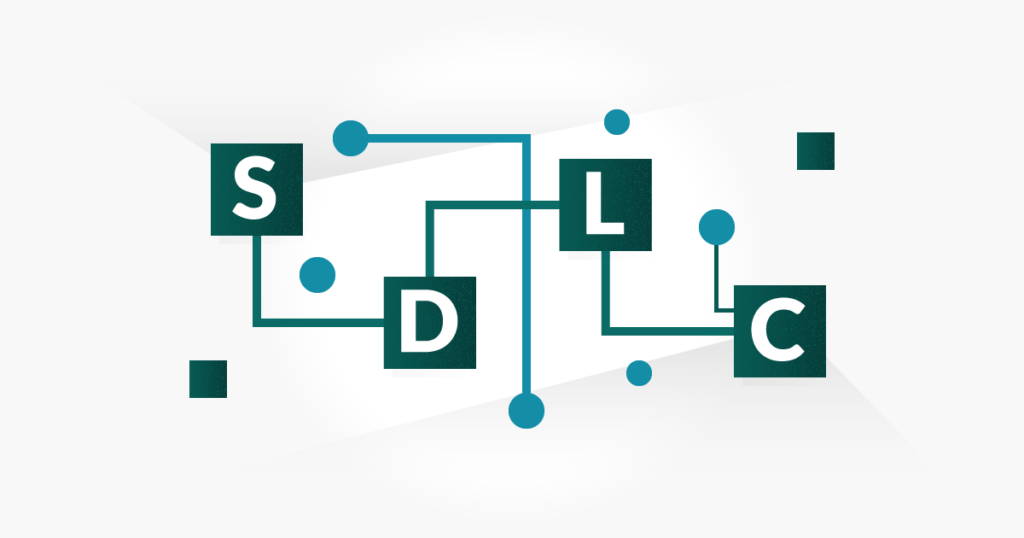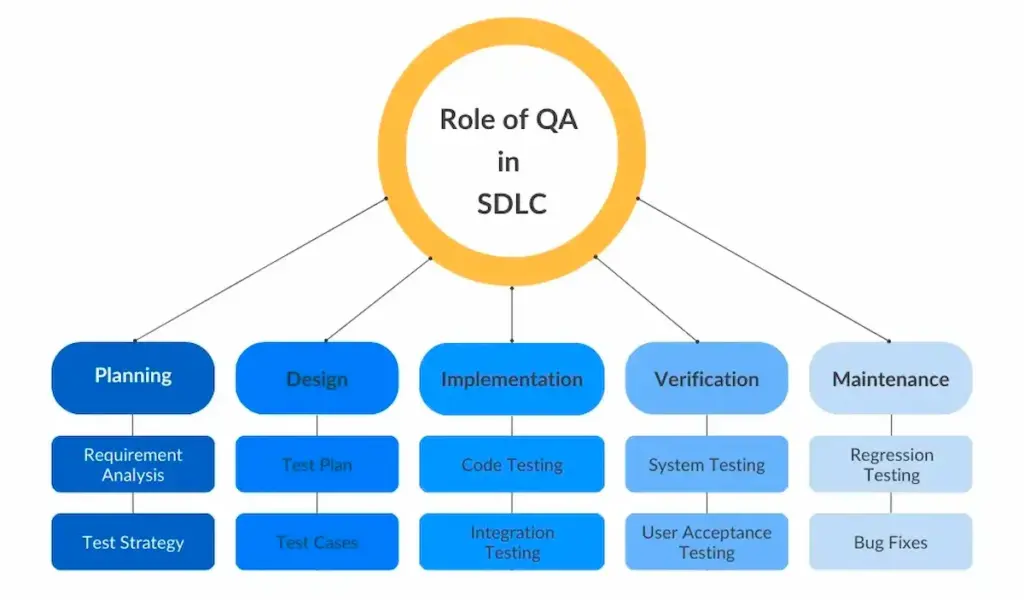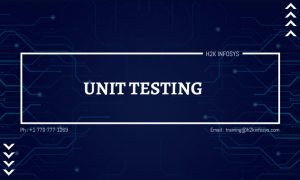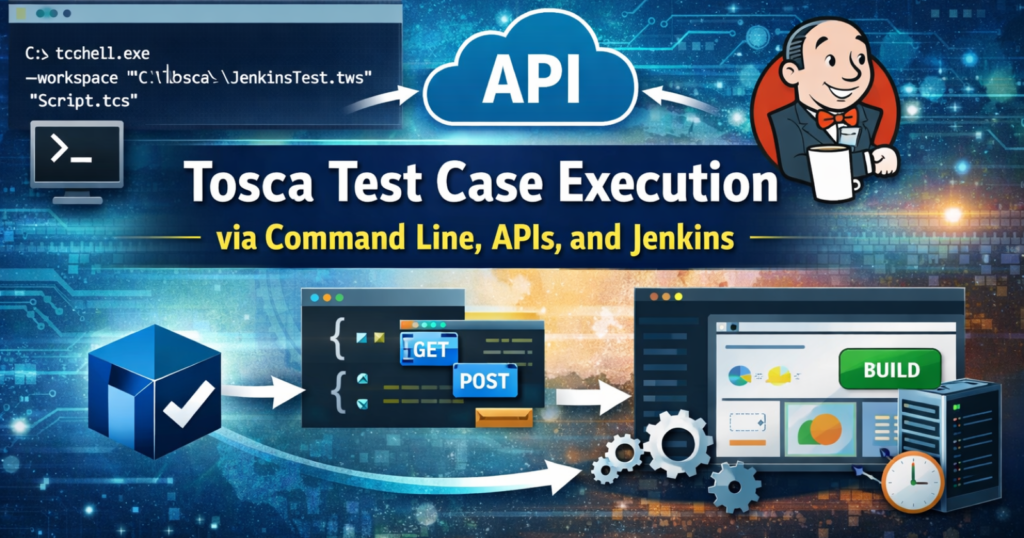Introduction
In the fast-evolving world of software development, quality assurance (QA) plays a critical role in ensuring that the final product meets the highest standards of functionality, performance, security, and user experience. One of the best ways to understand the significance of QA in software development is by looking at its responsibilities throughout the Software Development Life Cycle (SDLC). By mastering these roles, QA testers ensure that issues are identified early, defects are minimized, and the product is delivered to the end-user with the best possible quality.
In this post, we will explore the QA roles and responsibilities in each phase of SDLC and how they contribute to the overall software development process. Whether you’re looking to enhance your skills through QA tester courses or considering enrolling in QA testing classes, this post will give you the practical insights you need to succeed.
What is SDLC?
SDLC stands for Software Development Life Cycle, a structured and systematic process that defines the stages involved in creating software applications. It serves as a framework that guides software teams in planning, designing, developing, testing, and deploying software efficiently. By following SDLC, organizations ensure that the software meets both functional requirements and quality standards.
The Importance of SDLC
The Software Development Life Cycle (SDLC) provides a structured roadmap for software projects, guiding teams through every step of the process. By adhering to its defined phases, businesses can ensure organized workflows, efficient resource management, and consistent project tracking. This reduces the likelihood of risks and delays while maintaining alignment with project goals.
Additionally, SDLC plays a crucial role in quality assurance, where QA roles and responsibilities are integrated into each phase to verify and validate that the software meets quality standards. This collaborative approach ensures high-quality software delivery, meeting both technical and user expectations.
In summary, SDLC is a vital framework that supports the development of reliable, user-centric, and high-performing software solutions.
Why Is SDLC Important?
- Ensures Organized Development
SDLC provides a well-defined roadmap, ensuring that all stakeholders are on the same page. It breaks down complex development processes into manageable phases, making it easier to track progress and maintain clarity. - Promotes High-Quality Deliverables
Each phase of SDLC incorporates quality checks, including rigorous testing and reviews. This systematic approach ensures that the software aligns with functional requirements and adheres to industry quality standards. - Risk Mitigation
SDLC emphasizes early risk identification and resolution, preventing critical issues from impacting the later stages of development. This proactive approach minimizes costly delays and improves project reliability. - Efficient Resource Utilization
With clearly defined phases, SDLC enables optimal resource allocation. Teams can anticipate and address potential bottlenecks, ensuring time and budget are used efficiently. - Enhances Collaboration
The structured nature of SDLC fosters better communication between developers, QA teams, and stakeholders. This alignment ensures that the project stays focused on delivering the desired outcomes. - Supports Continuous Improvement
The iterative nature of SDLC allows teams to analyze and incorporate lessons from previous projects. This ongoing refinement leads to better processes and improved software quality in future developments.
In summary, SDLC is more than just a technical framework it’s a strategic tool that drives successful software development. By integrating QA roles and responsibilities into each phase, it ensures not only functionality but also reliability, security, and user satisfaction
Overview of QA Roles in SDLC
Quality assurance in SDLC is the process of ensuring that the software is tested thoroughly and meets all predefined requirements. QA responsibilities vary from one phase to the next, but they all share the goal of producing a high-quality product. Here’s an in-depth look at QA roles during each SDLC phase:
1. Requirements Gathering Phase
QA Role: Participate in Requirement Reviews
In this initial phase, the project team defines the software’s requirements and scope. The QA team plays a key role in reviewing these requirements to ensure that they are clear, testable, and feasible. Without clear and measurable requirements, the QA process can become ineffective and prone to errors.
- Responsibilities:
- Review and validate requirements to ensure they are complete and testable.
- Identify potential risks and ambiguities in the requirements.
- Provide input on how the requirements can be validated through testing.
- Ensure that the requirements are aligned with user needs and expectations.
- Example:
Suppose you’re working on a new e-commerce platform. The QA team would review the requirement document to ensure that all necessary features, such as payment processing, user authentication, and product display, are clearly defined and measurable for testing purposes.
2. Design Phase
QA Role: Design Test Strategy and Test Plan
During the design phase, the software architecture and detailed designs are defined. The QA team’s responsibility here is to start planning the testing process, including creating a test strategy, identifying the testing tools, and drafting the test plan. The focus is on creating test cases and ensuring that the design will meet the desired requirements.
- Responsibilities:
- Collaborate with developers to understand the design architecture.
- Create a test strategy outlining the overall approach to testing.
- Develop the test plan, which includes resources, timelines, and scope.
- Identify testing types (functional, non-functional, integration) based on the design.
- Example:
A QA tester working on a banking application might design test plans to validate security features such as multi-factor authentication, ensuring that these security protocols are built according to the design specifications.
3. Development Phase
QA Role: Continuous Testing and Defect Identification
As the software is being developed, the QA team works in parallel, performing ongoing tests to identify defects early. The goal during this phase is to ensure that code is functional and meets the expected outcomes. QA testers use different testing techniques, such as unit testing, integration testing, and code reviews, to verify the software.
- Responsibilities:
- Perform early testing on the software’s components and features.
- Execute unit tests, integration tests, and regression tests.
- Identify and log defects, ensuring timely feedback to developers.
- Collaborate with developers to troubleshoot and fix defects.
- Example:
During the development of a mobile app, the QA tester conducts integration testing on new features like push notifications to ensure they function properly with the backend services.
4. Testing Phase
QA Role: System and User Acceptance Testing (UAT)
In the testing phase, the software undergoes extensive testing to ensure it meets the defined requirements and performs as expected. This is the most crucial phase for QA testers, as they conduct comprehensive tests on the system, including functional, usability, and security testing. Additionally, UAT is performed to ensure the software meets the user’s expectations.
- Responsibilities:
- Execute comprehensive system, functional, performance, and security testing.
- Perform UAT (User Acceptance Testing) with the client or stakeholders.
- Ensure that the software is free of defects and meets requirements.
- Collaborate with stakeholders for feedback and adjustments.
- Example:
For a video streaming service, QA testers perform system testing to validate playback functionality, compatibility with different devices, and load testing to ensure the platform can handle multiple users concurrently.
5. Deployment Phase
QA Role: Final Verification and Post-Deployment Testing
In the deployment phase, the software is made available to end-users. However, the QA team’s job isn’t done. Before the product goes live, they conduct final verification tests to ensure that everything functions as expected in the production environment.
- Responsibilities:
- Perform final checks and validate the deployment environment.
- Conduct post-deployment testing to ensure the software performs well in the live environment.
- Monitor user feedback and perform additional testing if required.
- Provide support for any post-deployment issues.
- Example:
After the deployment of an e-commerce website, QA testers might perform post-deployment testing to ensure that users can seamlessly browse the site, make purchases, and complete transactions without issues.
6. Maintenance Phase
QA Role: Bug Fix Verification and Regression Testing
Once the software is in the maintenance phase, it enters a cycle of updates, enhancements, and bug fixes. QA teams need to perform regression testing to ensure that new changes do not negatively affect the software’s functionality. They also verify that defects reported by users are addressed properly.
- Responsibilities:
- Perform regression testing whenever updates or bug fixes are applied.
- Verify that reported defects are fixed and retested.
- Ensure that the software continues to meet performance and usability standards.
- Monitor ongoing performance to ensure stability.
- Example:
After receiving user feedback, the QA team might verify that a bug fix for payment gateway integration doesn’t break other features of the e-commerce website, such as shopping cart functionality.
Key Takeaways:
1. QA Involvement Starts Early
Quality Assurance (QA) plays a critical role from the very beginning of the Software Development Life Cycle (SDLC). QA professionals participate in the requirement validation phase to ensure that the software specifications are accurate, feasible, and testable. Early involvement helps identify potential issues before development begins, saving time and resources.
2. QA Roles Vary Across Different Stages
The role of QA evolves at each phase of SDLC, adapting to the unique demands of every stage:
- During the planning phase, QA focuses on understanding project requirements and creating a testing strategy.
- In the design phase, they review design documents to identify inconsistencies or gaps.
- During development, QA teams collaborate with developers to ensure code meets predefined quality standards.
- The testing phase is where QA professionals execute test cases, identify bugs, and verify fixes.
- Post-deployment, QA ensures the software performs well in real-world conditions and addresses any reported issues.
Despite these variations, QA’s primary focus always remains on ensuring quality, functionality, and reliability.
3. Preparing for Real-World Applications
Understanding the responsibilities of QA in SDLC prepares individuals for real-world challenges. By learning how QA integrates with each phase, professionals gain the knowledge and skills to adapt to complex projects. This preparation includes mastering various testing techniques, tools, and frameworks that are pivotal in today’s dynamic software industry.
4. Continuous Quality Enhancement
A key takeaway is the importance of continuous improvement in QA practices. By being involved at every stage and focusing on thorough testing, QA teams contribute to the ongoing refinement of both the software and the development process itself.
The active and evolving role of QA in SDLC highlights its importance in achieving successful software development outcomes.
If you’re looking to dive deeper into QA roles and responsibilities, consider enrolling in QA tester courses. These courses offer hands-on learning and practical skills to prepare you for real-world challenges in the world of software testing.
Conclusion
The role of QA in each phase of the SDLC is vital to ensure the final product is of the highest quality, free of defects, and delivers a seamless user experience. From requirement gathering to post-deployment, QA professionals provide continuous feedback, conduct thorough testing, and collaborate with development teams to improve software quality.
By understanding the QA roles in the SDLC, you can effectively contribute to a project and ensure it meets all quality benchmarks.
Call to Action
Ready to enhance your skills and dive deeper into QA testing?
Explore our QA testing classes and QA tester courses at H2K Infosys. Whether you’re a beginner or an experienced tester, we have comprehensive training designed to empower your career in software testing.




























